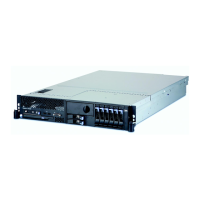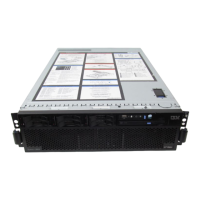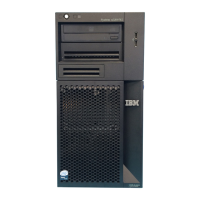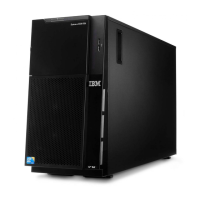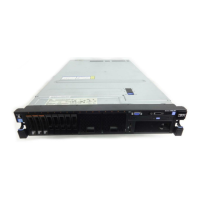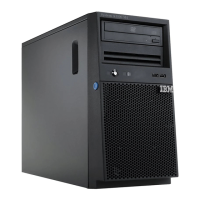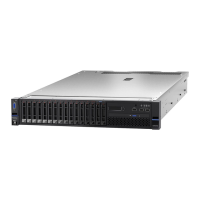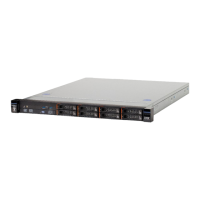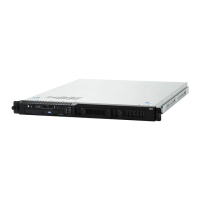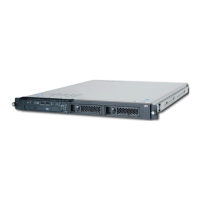d
data management: Those parts of the control program
that
provide access
to
data sets,
enforce data storage conventions, and regulate the use of input/output devices.
data organization: The arrangement of a data set.
data protection: A safeguard invoked
to
prevent the loss or destruction of customer
data.
data security: A safeguard invoked
to
prevent the accessing of customer data.
data set: The major unit of data storage and retrieval
in
the operating system, consist-
ing
of a collection of data
in
one of several prescribed arrangements and described by
control information that the system has access to.
data set control block
(DSCB): A data set label for a data set
in
direct-access storage.
data set label
(DSL): A collection
of
information
that
describes the attributes
of
a
data
set, and
that
is
normally stored with the data set; a general term for data set
control blocks and tape data set labels.
default value: A predetermined value used
in
place
of
an
omitted entry.
deferred entry:
An
entry into a subroutine that occurs as a result of a deferred exit
from the program that passed control
to
it.
deferred exit: The passing of control
to
a subroutine
at
a time determined by an
asynchronous event rather than
at
a predictable time.
device independence: The ability
to
request input/output operations without regard
to
the characteristics of the input/output devices.
device name:
Usually, the general name for a kind
of
device, specified
at
the time the
system
is
generated. For example, 2314 or 3330
or
TAPE. (See Unit name.)
direct access: Retrieval or storage of data
by
a reference
to
its location on a volume,
rather than relative
to
the previously retrieved or stored data.
diskette: A flexible magnetic oxide coated
disk, permanently enclosed
in
a semi-rigid
protective plastic jacket approx. 8 inches square. During data processing operations the
disk turns freely within the jacket.
It
is
capable of storing 1898
128-character
data
records.
dispatching priority: A number assigned
to
tasks
to
determine the order
in
which they
will
use the central processing unit
in
a multitask situation.
DTF (define
the
file) macro instruction: A macro instruction
that
describes the
characteristics of a logical input/output
file, indicates the type
of
processing for
the
file, and specifies the I/O areas and routines
to
process the file.
dump:
(1) To print out the contents
of
all
or part
of
virtual storage
or of
aux iliary
storage.
(2)
The data resulting from
the
process as
in
(1)
..
dynamic address translation
(DA
T):
(1)
In
S/370, the change
of
a virtual storage
address
to
an address
in
real
storage during execution
of
an
instruction.
(2)
A hard-
ware feature that performs the translation.
e
emulator: The combination of programming techniques and special machine features
that
permits a
given
computing system to execute programs written for another
system.
entry
point: Any location
in
a program
to
which control can be passed by another
program.
environmental recording,
editing, and printing (EREP): A program
that
processes
the
data contained on the system recorder file.
Page 7-3

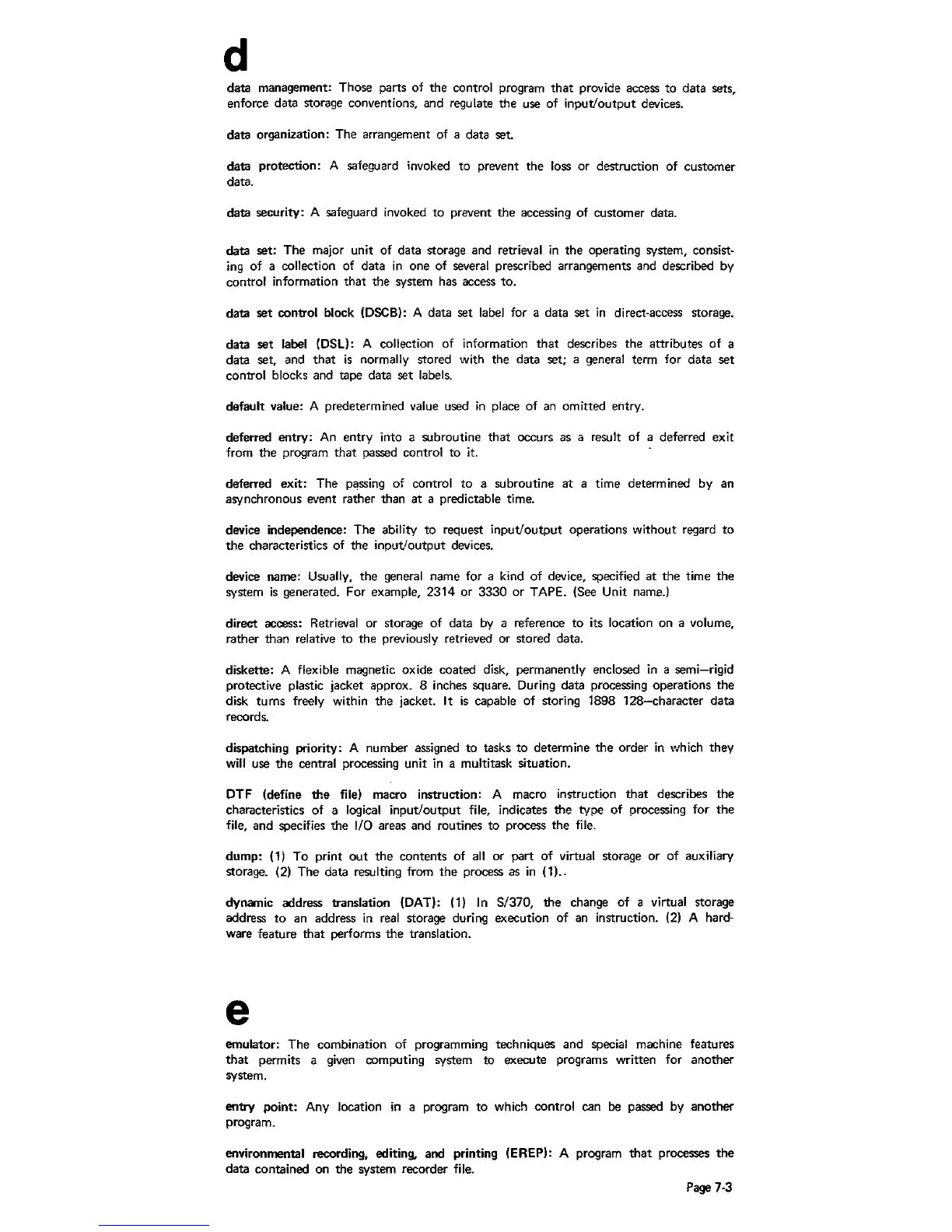